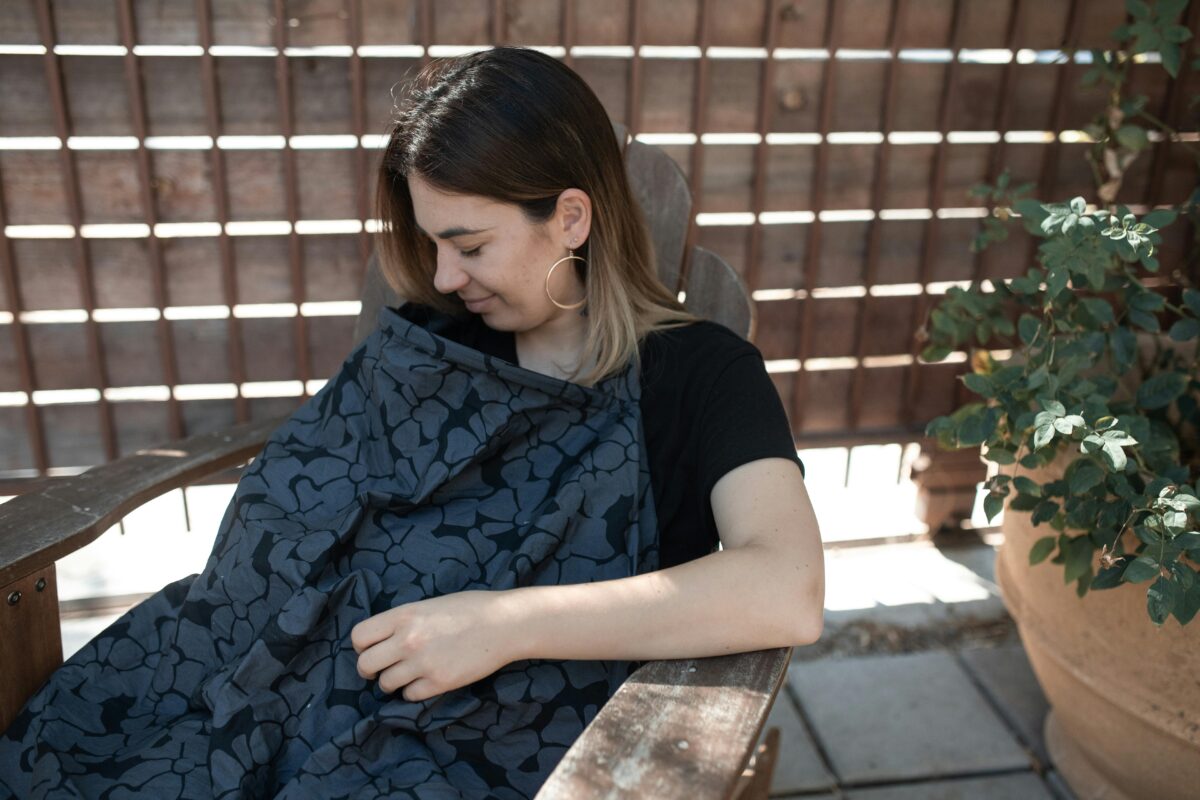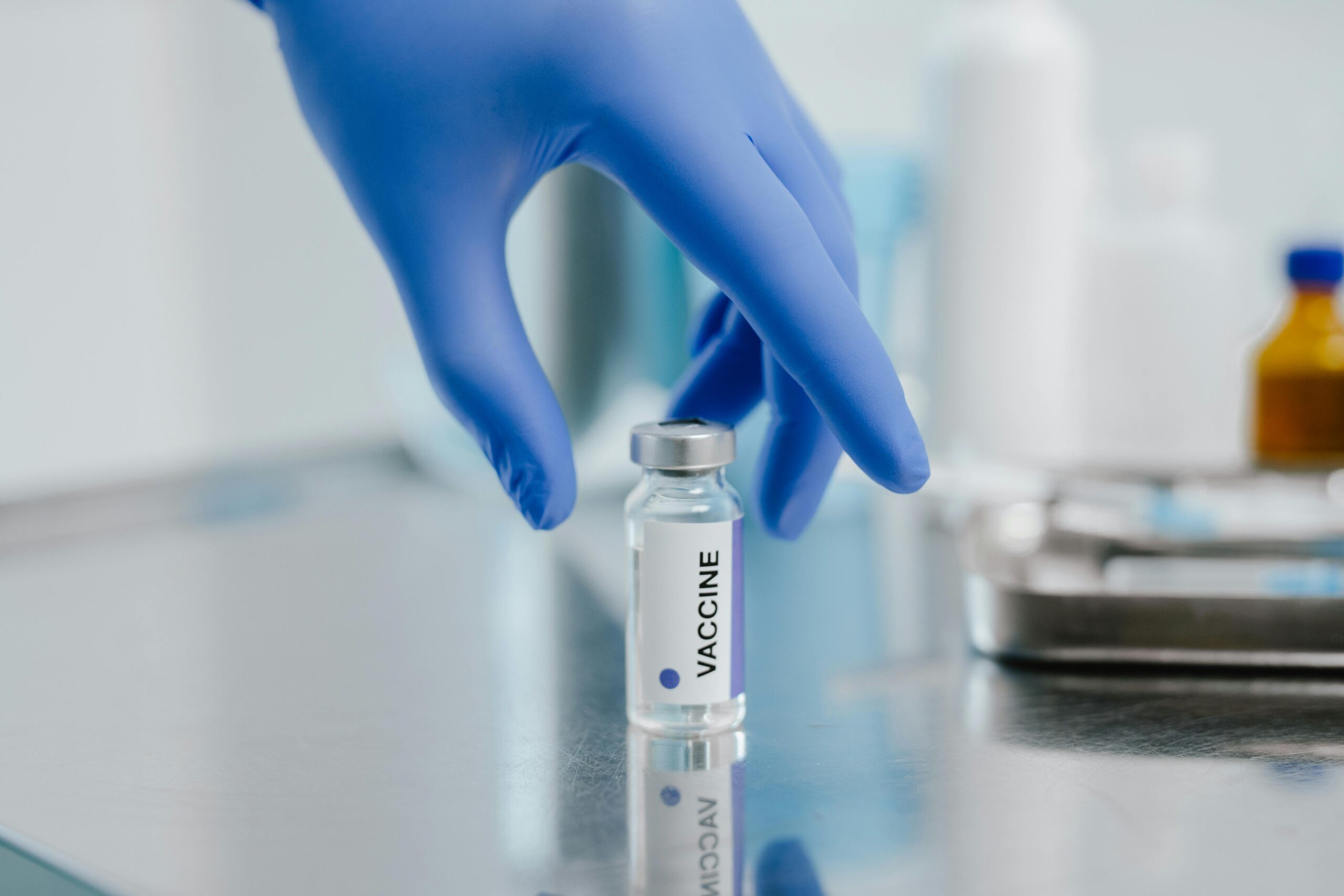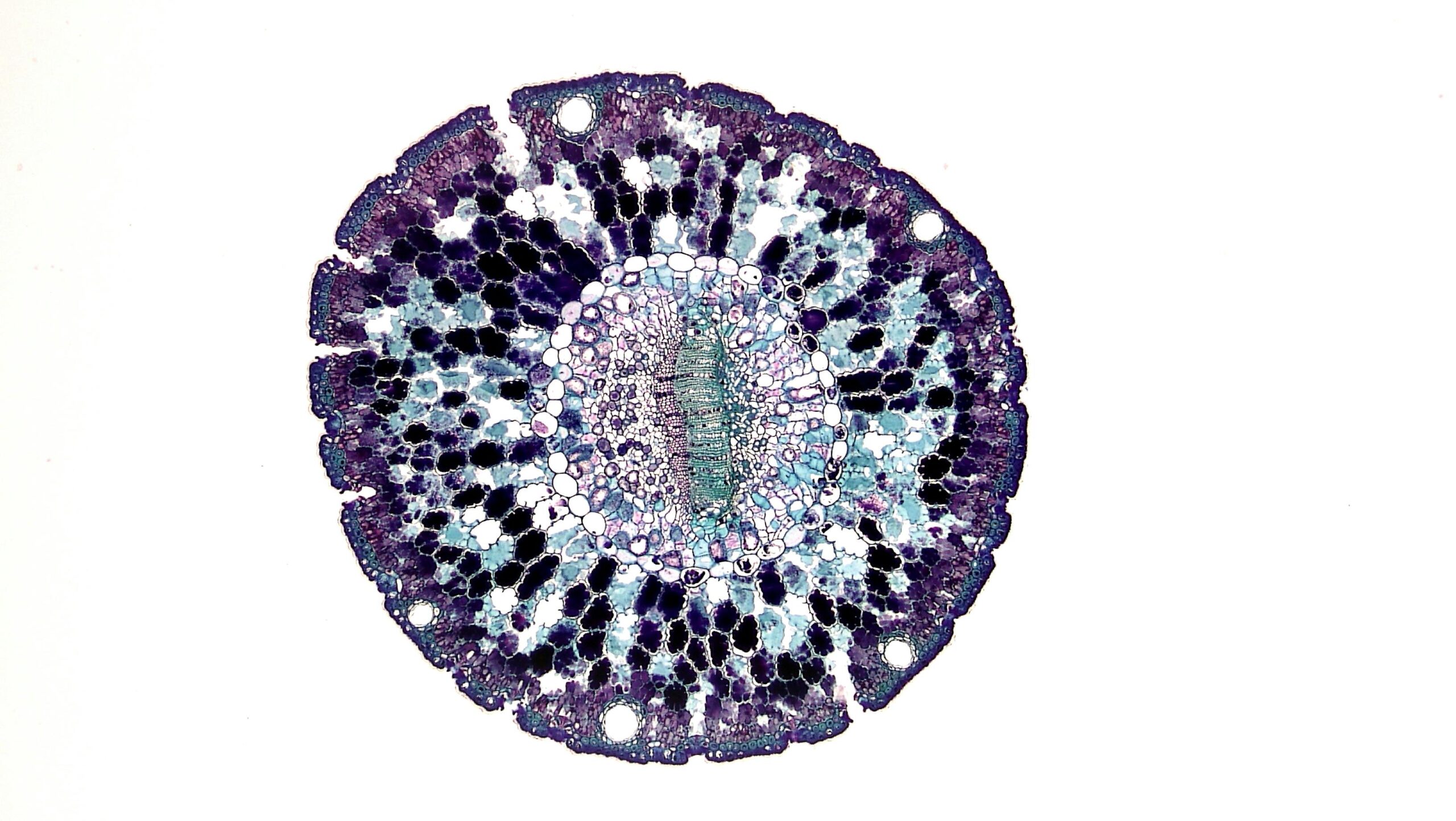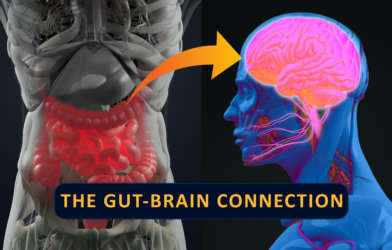A groundbreaking new study reveals that the first bacteria to colonize a newborn’s gut — what scientists call “pioneer bacteria” — are the biggest players in determining a child’s future gut health. The research shows that a baby’s initial microbiome can either set them up for a lifetime of good health or make them more susceptible to dangerous, antibiotic-resistant pathogens. These findings could change how we approach a baby’s first weeks of life and could even influence the development of future probiotics and infant formulas.
The human gut is a bustling ecosystem of trillions of bacteria, fungi, and other tiny organisms. This community of microbes, known as the gut microbiome, is vital for everything from digesting food to building a strong immune system. The moment a baby is born, this world begins to take shape as they are exposed to microorganisms from their mother and the environment. This process, known as “primary succession,” means the first bacteria to arrive have a lasting impact on what can live there later.
A Fork in the Road for Baby’s Gut Health
In a paper published in the journal Nature Microbiology, a team of scientists from the Wellcome Sanger Institute, University College London, and the University of Birmingham shared the results of the largest-ever study of its kind. They analyzed more than 2,300 stool samples from 1,288 healthy babies in the UK, all under one month old. Using advanced genomic analysis, the scientists identified three distinct community states in these babies’ guts, each dominated by a different “pioneer” species.
These three dominant species were: Bifidobacterium longum, Bifidobacterium breve, and Enterococcus faecalis. The researchers found that the first two, both types of Bifidobacterium, lead to stable and healthy gut development. However, the third, E. faecalis, was found to be a “risky” community that interferes with the healthy development of the microbiome. It also increases the risk of dangerous pathogens colonizing the gut and was linked to a higher prevalence of antibiotic-resistance genes.
The study revealed a strong connection between a baby’s birth circumstances and which of the three communities they acquired. For instance, babies born by C-section or whose mothers received antibiotics during labor were significantly more likely to acquire the risky E. faecalis community. Conversely, vaginal delivery and no antibiotics during labor were strongly associated with the beneficial B. longum community. This pattern highlights how the typical hospital birth environment can disrupt the natural transmission of beneficial bacteria from mother to baby.
The Power of Breast Milk and Good Bacteria
The success of the two Bifidobacterium species, especially B. breve, is rooted in their ability to feed on a unique component of breast milk called Human Milk Oligosaccharides (HMOs). These are complex sugars that a baby can’t digest. Instead, they act as a superfood for beneficial bacteria, giving them a major competitive advantage over harmful pathogens. The research showed that the B. breve strains were exceptionally good at breaking down a wide range of these HMOs, which allows them to outcompete and block the growth of dangerous species.
To prove this, the researchers conducted an experiment using germ-free mice. They introduced both B. breve and the opportunistic pathogen E. faecalis into the mice and observed that B. breve became the dominant species. That dominance grew even stronger when the mice were given a specific HMO supplement. This experiment confirms that the ability of B. breve to metabolize these unique breast milk sugars is what makes it so protective.
These findings provide a powerful new way of understanding the first month of a baby’s life. The first bacteria to arrive in a baby’s gut are not a random collection; they are the foundation for a healthy life. The results suggest we can use this knowledge to help newborns. In the future, it might be possible to test a newborn’s microbiome and, if they have a risky profile, give them a personalized probiotic to help establish a healthier gut community. Early decisions in a baby’s life can have a profound, lasting impact on their health.
Paper Summary
Methodology
The study analyzed over 2,300 stool samples from 1,288 healthy newborns in the UK. The researchers used whole-genome sequencing to identify and track the development of the early gut microbiome. They also used a mouse model to test the protective effects of specific bacteria and breast milk components.
Results
The research identified three distinct gut microbiome communities in newborns, each dominated by a different “pioneer” bacterium: Bifidobacterium longum, Bifidobacterium breve, or Enterococcus faecalis. The first two were linked to stable, healthy gut development, while the third was associated with a higher risk of pathogen colonization and antibiotic-resistance genes. The study found a strong connection between C-section births and maternal antibiotic use and the acquisition of the risky E. faecalis community. It also confirmed that B. breve’s ability to thrive on breast milk sugars gives it a protective advantage.
Limitations
The study noted that the sample size was too small to make definitive conclusions about the stability of the B. longum community in C-section infants. It also acknowledged that some low-abundance bacterial transmissions might have been missed due to the limitations of the sequencing methods used.
Funding and Disclosures
The research was conducted by scientists from the Wellcome Sanger Institute, University College London, and the University of Birmingham. The study was supported by the Wellcome Sanger Institute, among others.
Publication Information
The paper, titled “Primary succession of Bifidobacteria drives pathogen resistance in neonatal microbiota assembly,” was authored by Yan Shao et al. It was published in the journal Nature Microbiology on September 6, 2024.










